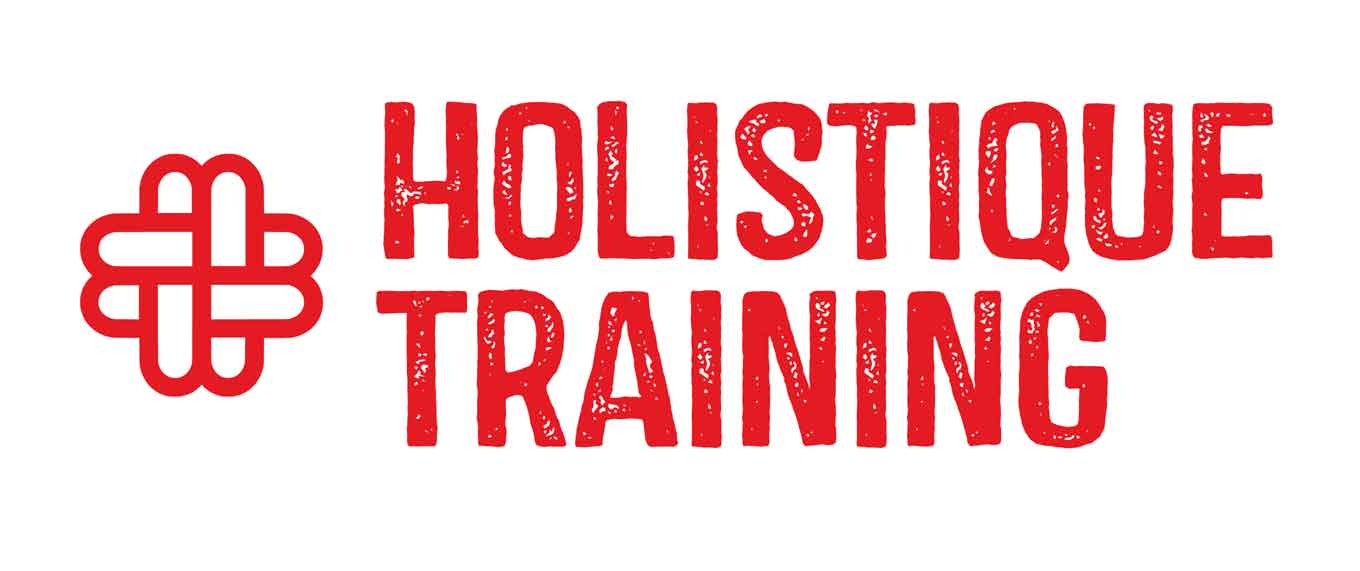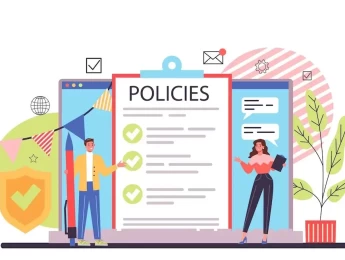Understanding the external environment is essential for crafting strategies that are resilient, competitive, and future-proof. The PESTLE Analysis (Political, Economic, Social, Technological, Legal, Environmental) is a powerful framework for systematically scanning the macro-environment and identifying the forces that shape organizational opportunities and threats.
This highly focused course equips participants with the knowledge, tools, and practical techniques to perform impactful PESTLE analyses. Participants will learn how to gather, interpret, and apply external data to guide strategic decisions, anticipate change, and sustain competitive advantage. Through real-world examples, hands-on exercises, and case studies, participants develop a strong capability to use PESTLE in business, project, and policy contexts.
By the end of this course, participants will be able to:
- Understand the principles, scope, and benefits of PESTLE analysis.
- Identify and evaluate each PESTLE factor in depth with real examples.
- Collect and analyze relevant macro-environmental data effectively.
- Interpret findings and link them to strategic and operational decisions.
- Apply PESTLE at corporate, business unit, and project levels.
- Communicate insights persuasively to stakeholders and decision makers.
- Use PESTLE as a dynamic and ongoing strategic monitoring tool.
This course is ideal for:
- Strategic planners and business analysts.
- Senior managers and decision makers.
- Policy makers and public sector strategists.
- Consultants and advisors working on strategy and risk management.
- Project managers assessing external risks and opportunities.
- Entrepreneurs and executives preparing for market entry or expansion.
- Anyone responsible for scanning and interpreting external business environments.
The course combines expert-led presentations, collaborative workshops, hands-on exercises, real-world case studies, and group discussions. Participants will apply the PESTLE framework to their own organizations, industries, or projects and develop actionable insights.
Day 5 of each course is reserved for a Q&A session, which may occur off-site. For 10-day courses, this also applies to day 10
Section 1: Foundations of PESTLE Analysis
- What is PESTLE analysis? History and evolution of the tool.
- The strategic importance of external environmental scanning.
- When and how to use PESTLE in business and policy contexts.
- Benefits, limitations, and common mistakes to avoid.
- Setting clear objectives for your PESTLE analysis.
Section 2: Deep Dive into PESTLE Factors
Political Factors:
- Government stability, taxation, trade policies, regulation, and lobbying.
- Examples: Impact of elections, geopolitical tensions, subsidies.
Economic Factors:
- Inflation, exchange rates, economic cycles, consumer spending power.
- Examples: Interest rate changes, global recession, commodity prices.
Social Factors:
- Demographics, cultural attitudes, lifestyle changes, education, social mobility.
- Examples: Ageing populations, shifting consumer values, urbanization.
Technological Factors:
- Innovation, automation, R&D trends, disruptive technologies.
- Examples: AI, digital transformation, Industry 4.0.
Legal Factors:
- Employment laws, health and safety regulations, antitrust laws, data protection.
- Examples: GDPR, labor strikes, new compliance requirements.
Environmental Factors:
- Climate change, resource scarcity, sustainability, environmental regulations.
- Examples: Carbon taxes, extreme weather, green consumerism.
Section 3: Data Collection & Analysis for PESTLE
- Identifying reliable data sources for each factor.
- Techniques for gathering and validating macro-environmental data.
- Using surveys, reports, expert opinions, and public data effectively.
- Visualizing and presenting PESTLE findings clearly.
- Workshop: Researching and building a PESTLE profile for a chosen industry.
Section 4: Applying PESTLE in Strategic Planning
- Linking PESTLE insights to SWOT analysis and strategy development.
- Prioritizing factors and understanding interdependencies.
- Identifying risks, opportunities, and mitigation strategies.
- Using PESTLE for scenario planning and stress testing strategies.
- Workshop: Developing recommendations based on PESTLE findings.
Section 5: Best Practices, Tools & Continuous Monitoring
- Integrating PESTLE into ongoing strategy and decision-making processes.
- Digital tools and software for PESTLE monitoring and reporting.
- Keeping PESTLE analysis relevant in dynamic environments.
- Building organizational awareness and agility through external scanning.
- Final group exercise: Presenting a PESTLE-based strategic action plan.
Upon successful completion of this training course, delegates will be awarded a Holistique Training Certificate of Completion. For those who attend and complete the online training course, a Holistique Training e-Certificate will be provided.
Holistique Training Certificates are accredited by the British Accreditation Council (BAC) and The CPD Certification Service (CPD), and are certified under ISO 9001, ISO 21001, and ISO 29993 standards.
CPD credits for this course are granted by our Certificates and will be reflected on the Holistique Training Certificate of Completion. In accordance with the standards of The CPD Certification Service, one CPD credit is awarded per hour of course attendance. A maximum of 50 CPD credits can be claimed for any single course we currently offer.
- Course Code MG2 - 204
- Course Format Classroom, Online,
- Duration 5 days










